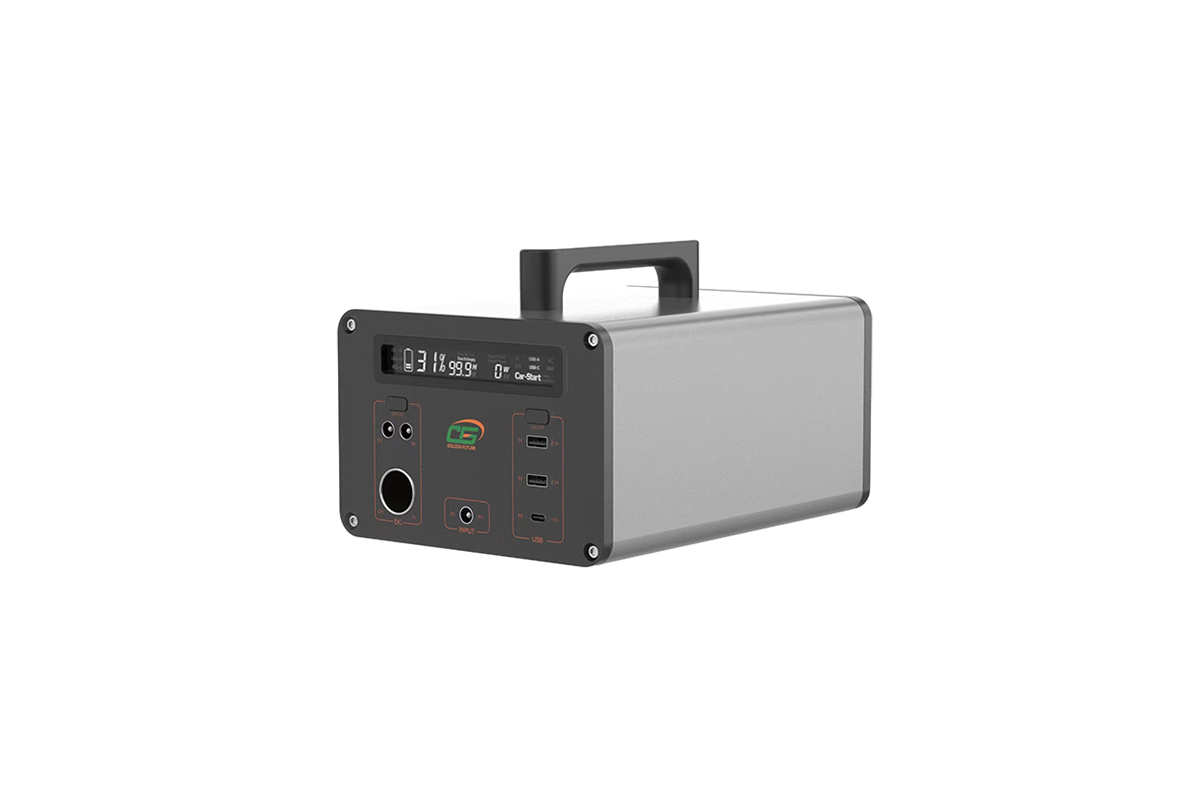

Time:2025-04-19 Views:1

Sodium - sulfur (Na - S) batteries have emerged as a potential solution for large - scale energy storage, but their cost is a crucial factor in determining their widespread adoption. The cost of Na - S battery energy storage encompasses several components.
Firstly, the raw materials play a significant role. Sodium is abundant in the Earth's crust, which is an advantage in terms of cost - effectiveness compared to some other battery chemistries that rely on scarce or expensive elements. Sulfur is also relatively inexpensive and widely available. However, the production process of Na - S batteries involves high - temperature operations. The electrolyte used in Na - S batteries, beta - alumina solid electrolyte, requires precise manufacturing techniques. The cost of manufacturing this electrolyte, along with the high - temperature production environment needed for the battery assembly, contributes substantially to the overall cost.
Moreover, the cost of research and development cannot be overlooked. Continuous efforts are being made to improve the performance and lifespan of Na - S batteries. These R & D activities require significant investment in terms of manpower, equipment, and testing facilities. As the technology matures, economies of scale can potentially reduce the cost. But currently, for small - scale production, the per - unit cost remains relatively high.
Another aspect is the cost associated with system integration. Na - S batteries need to be integrated into a larger energy storage system, which includes components such as power converters, monitoring systems, and thermal management systems. The cost of these additional components, along with the installation and maintenance costs, further adds to the total cost of Na - S battery energy storage. In comparison to more commonly used lead - acid batteries, Na - S batteries are more expensive upfront. However, when considering their higher energy density and longer lifespan, the long - term cost - effectiveness may be more favorable in certain applications, such as grid - scale energy storage where large amounts of energy need to be stored and discharged over an extended period. As the technology progresses and production volumes increase, the cost of Na - S battery energy storage is expected to decline, making it a more competitive option in the energy storage market.
Read recommendations:
Common Problems of Flow Energy Storage Batteries